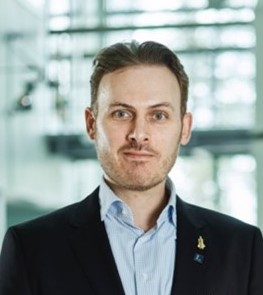Participants: Luleå University of Technology Division of Product Innovation & Division of Space Systems / Creaternity Space Lab and SSC
The need for material circularity and sustainability is not limited to human activities on Earth and in fact, has broad implications for the utilization of outer space. Most materials in spacecraft that are (currently) launched into space are later wasted when burned up in Earth atmosphere or, due to limitations of available technology, unrecoverable after moved into disposal orbits. This means losing rare-earth elements, highly valuable materials, and functional components, but with this, also a lot of chemicals and toxic substances or materials. Driven by technological advancements, the reuse of space hardware is now becoming more feasible and with this, potentially, an alternative to spacecraft end-of-life disposal strategies. Reuse of hardware already in space can positively impact space mission costs and the development of new technology. In addition, it can be a solution to prevent (or lower) space debris and space junk, and to limit negative impacts on environmental sustainability for Earth and in space.
“Reuse in Space” investigates the drivers and the barriers related to the reuse of space hardware and best practices of the circular economy “reuse” principle. In addition, it examines design implications, technology requirements for end-of-life alternatives, and looks at the financial performance of (circular) business models related to the reuse of space hardware.
Margot Clauss, PhD student, working on the project “The feasibility of reuse of spacecraft material in space”
Contact
Bernd M Weiss, PhD student
Product Innovation at Luleå University of Technology.
[email protected]
https://lnks.at/bernd-ltu
https://lnks.at/bernd-twitter
https://lnks.at/bernd-linkedin
